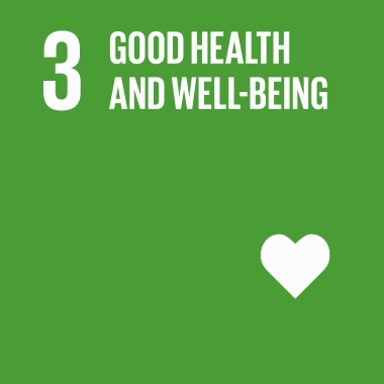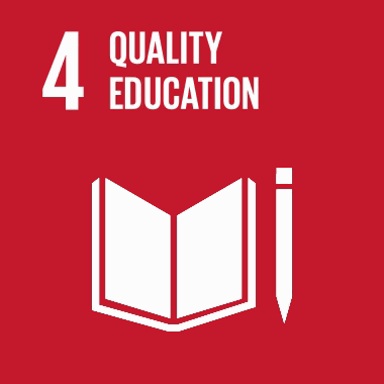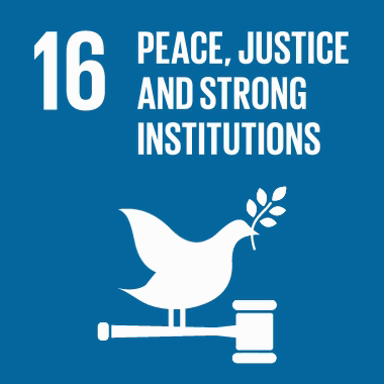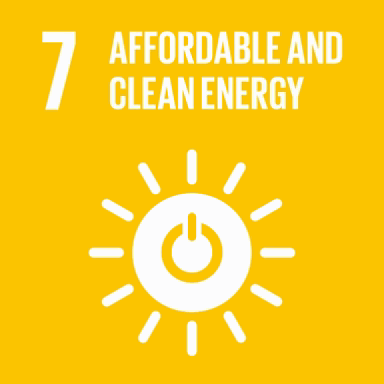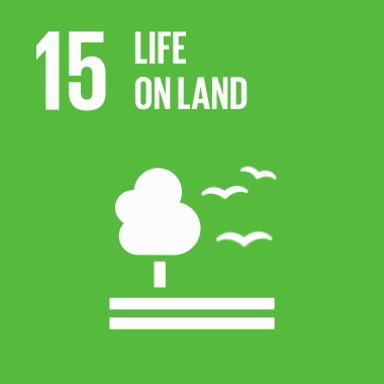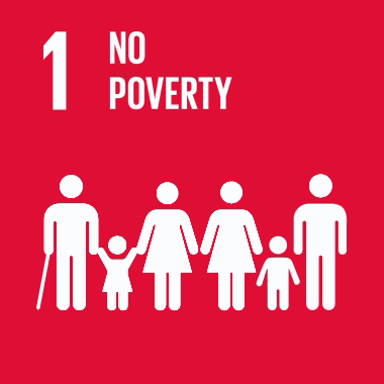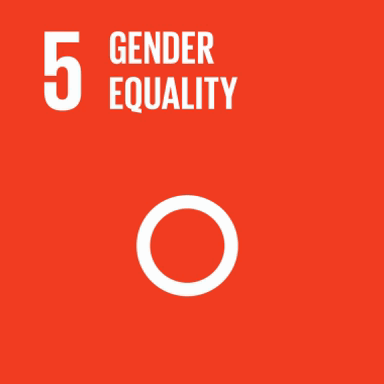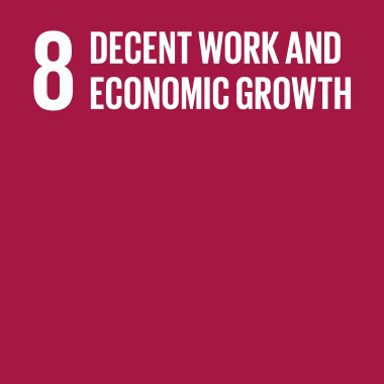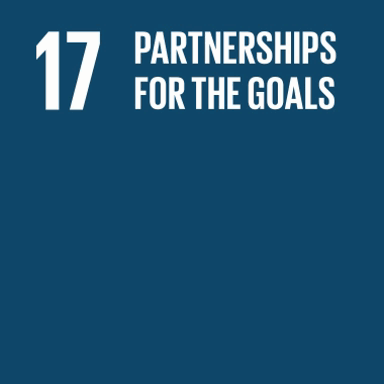Change
The United Nations’ 17 SDGs are the Framework for Sustainable Development.

In order to develop a successful CSR strategy and thus contribute to the global challenges, not only is the serious will to achieve sustainable change necessary, but also the commitment of all stakeholders. The measures under the individual icons describe specific starting points for implementing the SDGs in companies.
More socially-oriented SDGs
More environmentally oriented SDGs
More economically oriented SDGs


